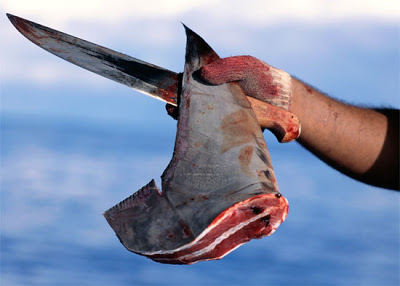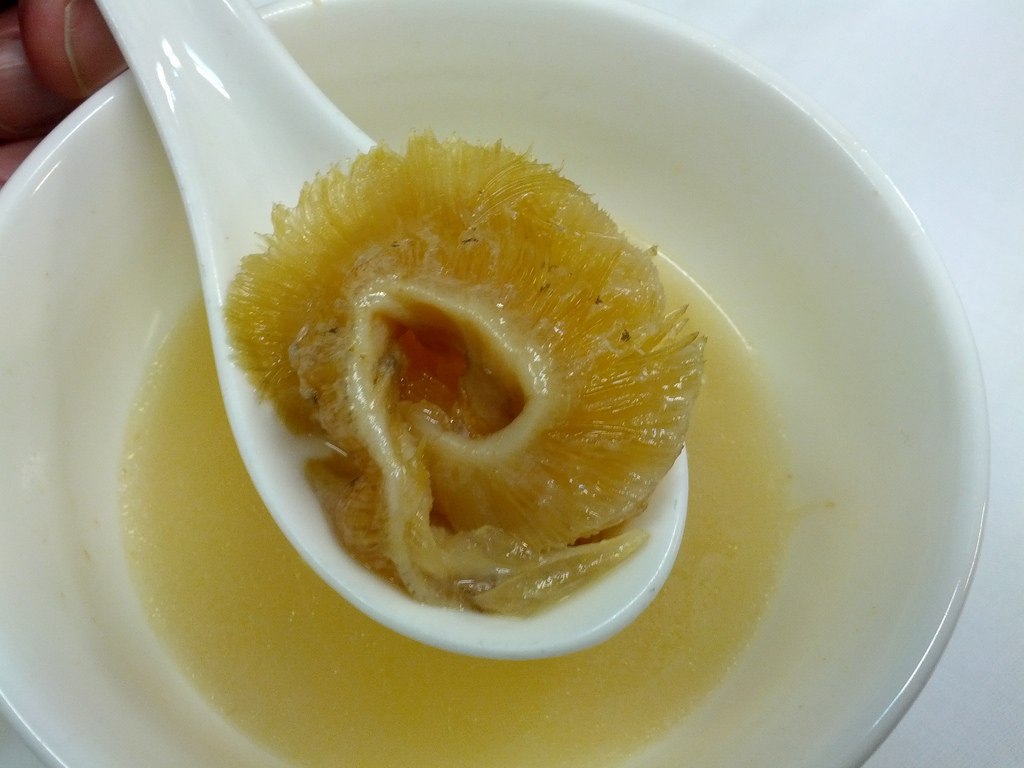Populations of some shark species such as hammerhead and oceanic whitetip have declined by over 90 per cent in recent years largely because of wealthy consumers’ growing appetite for fin soup, a new paper in Marine Policy states.
The study by researchers from the University of Hong Kong, the Sea Around Us initiative at the University of British Columbia and WildAid Hong Kong, reveals that since fishing pressure on threatened shark populations has increased dramatically in recent years, it is urgent for consumers to stop demanding shark fin products.
“Sea Around Us data show that shark catches amount to approximately 1.4 million tonnes per year, more than double of what they were six decades ago. This overexploitation has led to a situation in which almost 60 per cent of shark species are threatened, the highest proportion among all vertebrate groups,” said Yvonne Sadovy, lead author of the study and professor at the University of Hong Kong.
Both legal and illegal fisheries are behind the overfishing of sharks, particularly in Indonesia where annual catches exceed 100,000 tonnes. India, Spain and Taiwan also play an important role in the netting of sharks and subsequent sale of their fins in international markets, particularly in Hong Kong from where they are later re-exported to mainland China.
“Hong Kong is the gate of entry for about half of all globally traded dried shark fins, bringing in 6,000 tonnes per year in recent years. They are the main ingredient of shark fin soup, which is a prestigious dish to ethnic Chinese both in China and abroad, eaten in banquets, Lunar New Year celebrations, or high-end restaurants,” Sadovy explained. “The exclusiveness linked to the product combined with its limited natural supply increases its price and makes it an attractive trading good for business networks, particularly for those with shady or illegal practices,” the researcher added.
It is estimated that only 4,300 tonnes of dried fins are produced somehow sustainably every year, since they are processed from sharks that are caught in other fisheries’ nets. However, 25,000 tonnes of dried fins originate from other largely unsustainable, and many illegal fisheries. Telling the difference between one and the other is extremely difficult as the mixing of catches is a common practice that hampers traceability efforts.
“Shark finning and the mixing of catches tend to take place in the open seas or in remote ports, where there is little to no oversight. Moreover, authorities show little interest in controlling illegal wildlife trade or if they do, their enforcement capabilities are very limited because they cannot inspect and run DNA tests on every single fin that arrives at their customs to determine the area where the shark was caught,” said co-author Daniel Pauly, Principal Investigator with the Sea Around Us at UBC’s Institute for the Oceans and Fisheries.
In the view of the researchers, waiting for multilateral organizations to develop and enforce rules regarding shark finning and regulate fin trade to protect the species is not an option because it would take a long time -a luxury not many sharks have.
“Extinction must not make the decision for us. Consumers have to act fast and decide what is acceptable and what is not when it comes to luxury, vulnerable, uncontrolled species. The appetite for shark fin soup is growing in places like Vietnam and Macau but slowly declining in Hong Kong and mainland China, where young people are starting to see it as a cultural practice that is worth abandoning,” Pauly said.
The paper “Out of control means off the menu: The case for ceasing consumption of luxury products from highly vulnerable species when international trade cannot be adequately controlled; shark fin as a case study” was published in Marine Policy. DOI: https://doi.org/10.1016/j.marpol.2018.08.012
To schedule interview with the authors, please contact Valentina Ruiz Leotaud v.ruizleotaud(at)oceans.ubc.ca




